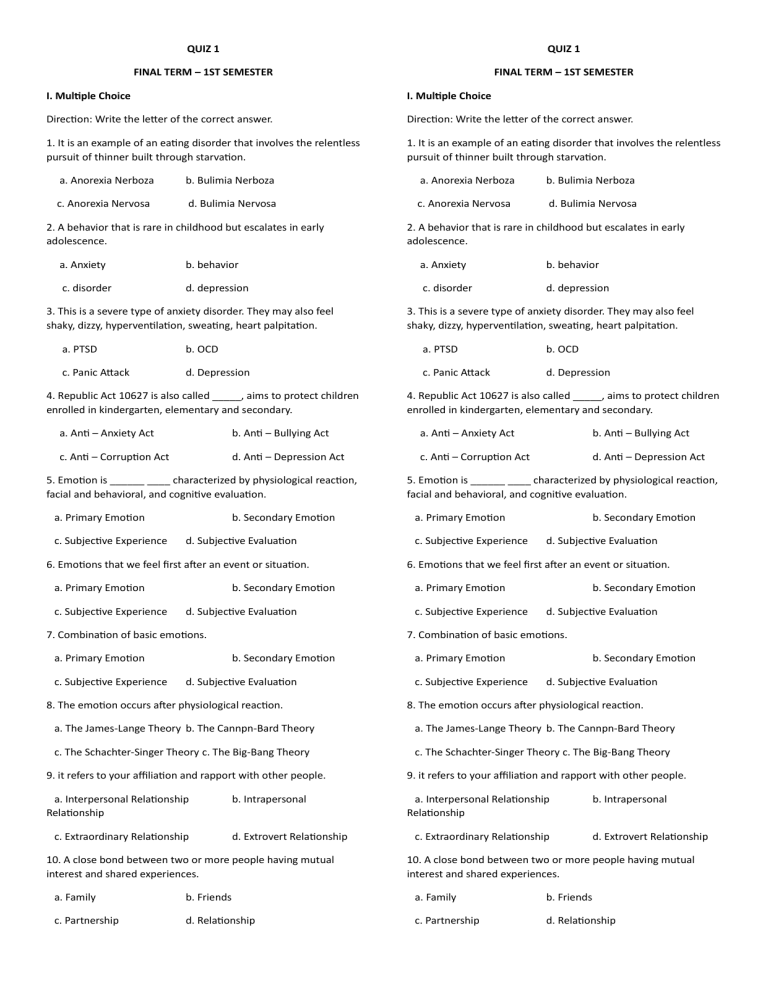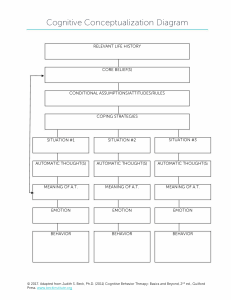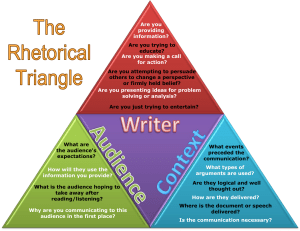
QUIZ 1 QUIZ 1 FINAL TERM – 1ST SEMESTER FINAL TERM – 1ST SEMESTER I. Multiple Choice I. Multiple Choice Direction: Write the letter of the correct answer. Direction: Write the letter of the correct answer. 1. It is an example of an eating disorder that involves the relentless pursuit of thinner built through starvation. 1. It is an example of an eating disorder that involves the relentless pursuit of thinner built through starvation. a. Anorexia Nerboza b. Bulimia Nerboza a. Anorexia Nerboza b. Bulimia Nerboza c. Anorexia Nervosa d. Bulimia Nervosa c. Anorexia Nervosa d. Bulimia Nervosa 2. A behavior that is rare in childhood but escalates in early adolescence. 2. A behavior that is rare in childhood but escalates in early adolescence. a. Anxiety b. behavior a. Anxiety b. behavior c. disorder d. depression c. disorder d. depression 3. This is a severe type of anxiety disorder. They may also feel shaky, dizzy, hyperventilation, sweating, heart palpitation. 3. This is a severe type of anxiety disorder. They may also feel shaky, dizzy, hyperventilation, sweating, heart palpitation. a. PTSD b. OCD a. PTSD b. OCD c. Panic Attack d. Depression c. Panic Attack d. Depression 4. Republic Act 10627 is also called _____, aims to protect children enrolled in kindergarten, elementary and secondary. 4. Republic Act 10627 is also called _____, aims to protect children enrolled in kindergarten, elementary and secondary. a. Anti – Anxiety Act b. Anti – Bullying Act a. Anti – Anxiety Act b. Anti – Bullying Act c. Anti – Corruption Act d. Anti – Depression Act c. Anti – Corruption Act d. Anti – Depression Act 5. Emotion is ______ ____ characterized by physiological reaction, facial and behavioral, and cognitive evaluation. a. Primary Emotion c. Subjective Experience b. Secondary Emotion d. Subjective Evaluation 6. Emotions that we feel first after an event or situation. a. Primary Emotion c. Subjective Experience b. Secondary Emotion d. Subjective Evaluation 7. Combination of basic emotions. a. Primary Emotion c. Subjective Experience 5. Emotion is ______ ____ characterized by physiological reaction, facial and behavioral, and cognitive evaluation. a. Primary Emotion c. Subjective Experience b. Secondary Emotion d. Subjective Evaluation 6. Emotions that we feel first after an event or situation. a. Primary Emotion c. Subjective Experience b. Secondary Emotion d. Subjective Evaluation 7. Combination of basic emotions. b. Secondary Emotion d. Subjective Evaluation 8. The emotion occurs after physiological reaction. a. Primary Emotion c. Subjective Experience b. Secondary Emotion d. Subjective Evaluation 8. The emotion occurs after physiological reaction. a. The James-Lange Theory b. The Cannpn-Bard Theory a. The James-Lange Theory b. The Cannpn-Bard Theory c. The Schachter-Singer Theory c. The Big-Bang Theory c. The Schachter-Singer Theory c. The Big-Bang Theory 9. it refers to your affiliation and rapport with other people. 9. it refers to your affiliation and rapport with other people. a. Interpersonal Relationship Relationship a. Interpersonal Relationship Relationship c. Extraordinary Relationship b. Intrapersonal d. Extrovert Relationship 10. A close bond between two or more people having mutual interest and shared experiences. c. Extraordinary Relationship b. Intrapersonal d. Extrovert Relationship 10. A close bond between two or more people having mutual interest and shared experiences. a. Family b. Friends a. Family b. Friends c. Partnership d. Relationship c. Partnership d. Relationship 11. It contains things that I know about myself and about which the others know. 11. It contains things that I know about myself and about which the others know. a. Open Area/Arena b. Blind Area a. Open Area/Arena b. Blind Area c. Hidden Area d. Unknown Area c. Hidden Area d. Unknown Area 12. information that I do not know about myself, but others may know. 12. information that I do not know about myself, but others may know. a. Open Area/Arena b. Blind Area a. Open Area/Arena b. Blind Area c. Hidden Area d. Unknown Area c. Hidden Area d. Unknown Area 13. It contains information that I know about myself, but the others do not know. a. Open Area/Arena c. Hidden Area b. Blind Area d. Unknown Area 14. Things that neither I nor others know about me. 13. It contains information that I know about myself, but the others do not know. a. Open Area/Arena c. Hidden Area b. Blind Area d. Unknown Area 14. Things that neither I nor others know about me. a. Open Area/Arena b. Blind Area a. Open Area/Arena b. Blind Area c. Hidden Area d. Unknown Area c. Hidden Area d. Unknown Area 15. Highest form of love, also known as “Perfect Couple”. 15. Highest form of love, also known as “Perfect Couple”. a. Empty Love b. Companionate Love a. Empty Love b. Companionate Love c. Consummate Love d. Romantic Lov c. Consummate Love d. Romantic Lov II. Identification II. Identification Direction: Identify the correct answer. Direction: Identify the correct answer. 1. _________ is consist of people having interaction within their geographical area as well as having common ties to share with one another. 1. _________ is consist of people having interaction within their geographical area as well as having common ties to share with one another. 2. Complicated process of social interaction through which individuals learns the intellectual, physical, political, emotional, moral, and social skills. 2. Complicated process of social interaction through which individuals learns the intellectual, physical, political, emotional, moral, and social skills. 3. This theory believes that leaders are born not influenced or made. What Theory is this? 3. This theory believes that leaders are born not influenced or made. What Theory is this? 4. Their decision is alone without consulting the team. 4. Their decision is alone without consulting the team. 5. This theory is also known as exchange theory, characterize by the transaction made between the leader and the follower. 5. This theory is also known as exchange theory, characterize by the transaction made between the leader and the follower. 6. According to this theory leadership is case to case basis depending on the situation. 6. According to this theory leadership is case to case basis depending on the situation. 7. Father, Grand Father, Brother, or eldest brother is in the authority. 7. Father, Grand Father, Brother, or eldest brother is in the authority. 8. A family having one parent, living alone with the children. 8. A family having one parent, living alone with the children. 9. It is also known as stepfamily or blended family. 9. It is also known as stepfamily or blended family. 10. Refers to two or more nuclear families live in the same household. 10. Refers to two or more nuclear families live in the same household. 11. Mother and Father share equal amount of authority 11. Mother and Father share equal amount of authority 12. This can happen after a person experience a traumatic event. 12. This can happen after a person experience a traumatic event. 13. Type of bullying done using technology or any electronic means. 13. Type of bullying done using technology or any electronic means. 14. OCD stands for? 14. OCD stands for? 15. This theory of emotion states that physiological reaction and emotion occur simultaneously. 15. This theory of emotion states that physiological reaction and emotion occur simultaneously. III. TRUE or FALSE III. TRUE or FALSE Direction: Write T if your answer is TRUE and F if FALSE. Direction: Write T if your answer is TRUE and F if FALSE. 1. A community is a system of production, distribution, and corruption. 1. A community is a system of production, distribution, and corruption. 2. Family relationship is lifetime 2. Family relationship is lifetime 3. The family members do not affect the individual’s viewpoint, dispositions, and ethics in life. 3. The family members do not affect the individual’s viewpoint, dispositions, and ethics in life. 4. Socialization function is to develop the skills and discipline of individual. 4. Socialization function is to develop the skills and discipline of individual. 5. Democratic leaders allow their meetings to create their own decisions. 5. Democratic leaders allow their meetings to create their own decisions. 6. Group refer to one people having one goal. 6. Group refer to one people having one goal. 7. The Turtle suggests a person who characteristically participates primarily by giving feedback but soliciting very little. 7. The Turtle suggests a person who characteristically participates primarily by giving feedback but soliciting very little. 8. Bilocal refers to a couple independently resides from their parents. 8. Bilocal refers to a couple independently resides from their parents. 9. The family serves as the link of the individual to the bigger community. 9. The family serves as the link of the individual to the bigger community. 10. Community is a system of mutual support. 10. Community is a system of mutual support. III. TRUE or FALSE III. TRUE or FALSE Direction: Write T if your answer is TRUE and F if FALSE. Direction: Write T if your answer is TRUE and F if FALSE. 1. A community is a system of production, distribution, and corruption. 1. A community is a system of production, distribution, and corruption. 2. Family relationship is lifetime 2. Family relationship is lifetime 3. The family members do not affect the individual’s viewpoint, dispositions, and ethics in life. 3. The family members do not affect the individual’s viewpoint, dispositions, and ethics in life. 4. Socialization function is to develop the skills and discipline of individual. 4. Socialization function is to develop the skills and discipline of individual. 5. Democratic leaders allow their meetings to create their own decisions. 5. Democratic leaders allow their meetings to create their own decisions. 6. Group refer to one people having one goal. 6. Group refer to one people having one goal. 7. The Turtle suggests a person who characteristically participates primarily by giving feedback but soliciting very little. 7. The Turtle suggests a person who characteristically participates primarily by giving feedback but soliciting very little. 8. Bilocal refers to a couple independently resides from their parents. 8. Bilocal refers to a couple independently resides from their parents. 9. The family serves as the link of the individual to the bigger community. 9. The family serves as the link of the individual to the bigger community. 10. Community is a system of mutual support. 10. Community is a system of mutual support. III. TRUE or FALSE III. TRUE or FALSE Direction: Write T if your answer is TRUE and F if FALSE. Direction: Write T if your answer is TRUE and F if FALSE. 1. A community is a system of production, distribution, and corruption. 1. A community is a system of production, distribution, and corruption. 2. Family relationship is lifetime 2. Family relationship is lifetime 3. The family members do not affect the individual’s viewpoint, dispositions, and ethics in life. 3. The family members do not affect the individual’s viewpoint, dispositions, and ethics in life. 4. Socialization function is to develop the skills and discipline of individual. 4. Socialization function is to develop the skills and discipline of individual. 5. Democratic leaders allow their meetings to create their own decisions. 5. Democratic leaders allow their meetings to create their own decisions. 6. Group refer to one people having one goal. 6. Group refer to one people having one goal. 7. The Turtle suggests a person who characteristically participates primarily by giving feedback but soliciting very little. 7. The Turtle suggests a person who characteristically participates primarily by giving feedback but soliciting very little. 8. Bilocal refers to a couple independently resides from their parents. 8. Bilocal refers to a couple independently resides from their parents. 9. The family serves as the link of the individual to the bigger community. 9. The family serves as the link of the individual to the bigger community. 10. Community is a system of mutual support. 10. Community is a system of mutual support.


